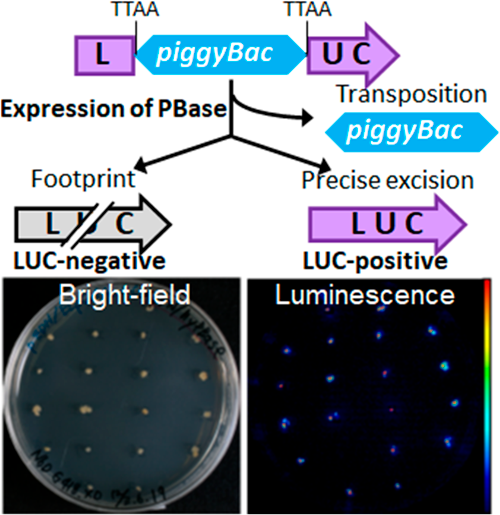40 巻, 4 号
選択された号の論文の11件中1~11を表示しています
- |<
- <
- 1
- >
- >|
Review
-
2023 年 40 巻 4 号 p. 255-262
発行日: 2023/12/25
公開日: 2023/12/25
[早期公開] 公開日: 2023/08/28PDF形式でダウンロード (1134K)
Original Papers
-
2023 年 40 巻 4 号 p. 263-271
発行日: 2023/12/25
公開日: 2023/12/25
[早期公開] 公開日: 2023/09/08PDF形式でダウンロード (6349K) -
2023 年 40 巻 4 号 p. 273-282
発行日: 2023/12/25
公開日: 2023/12/25
[早期公開] 公開日: 2023/09/05PDF形式でダウンロード (2042K) -
2023 年 40 巻 4 号 p. 283-288
発行日: 2023/12/25
公開日: 2023/12/25
[早期公開] 公開日: 2023/09/14PDF形式でダウンロード (5771K) -
2023 年 40 巻 4 号 p. 289-299
発行日: 2023/12/25
公開日: 2023/12/25
[早期公開] 公開日: 2023/12/19PDF形式でダウンロード (3587K) -
2023 年 40 巻 4 号 p. 301-309
発行日: 2023/12/25
公開日: 2023/12/25
[早期公開] 公開日: 2023/12/01PDF形式でダウンロード (1631K) -
2023 年 40 巻 4 号 p. 311-320
発行日: 2023/12/25
公開日: 2023/12/25
[早期公開] 公開日: 2023/12/12PDF形式でダウンロード (3526K) -
2023 年 40 巻 4 号 p. 321-336
発行日: 2023/12/25
公開日: 2023/12/25
[早期公開] 公開日: 2023/12/12PDF形式でダウンロード (3056K) -
2023 年 40 巻 4 号 p. 337-344
発行日: 2023/12/25
公開日: 2023/12/25
[早期公開] 公開日: 2023/12/19PDF形式でダウンロード (1043K) -
2023 年 40 巻 4 号 p. 345-351
発行日: 2023/12/25
公開日: 2023/12/25
[早期公開] 公開日: 2023/12/19PDF形式でダウンロード (625K)
Short Communication
-
2023 年 40 巻 4 号 p. 353-359
発行日: 2023/12/25
公開日: 2023/12/25
[早期公開] 公開日: 2023/08/11PDF形式でダウンロード (1436K)
- |<
- <
- 1
- >
- >|











